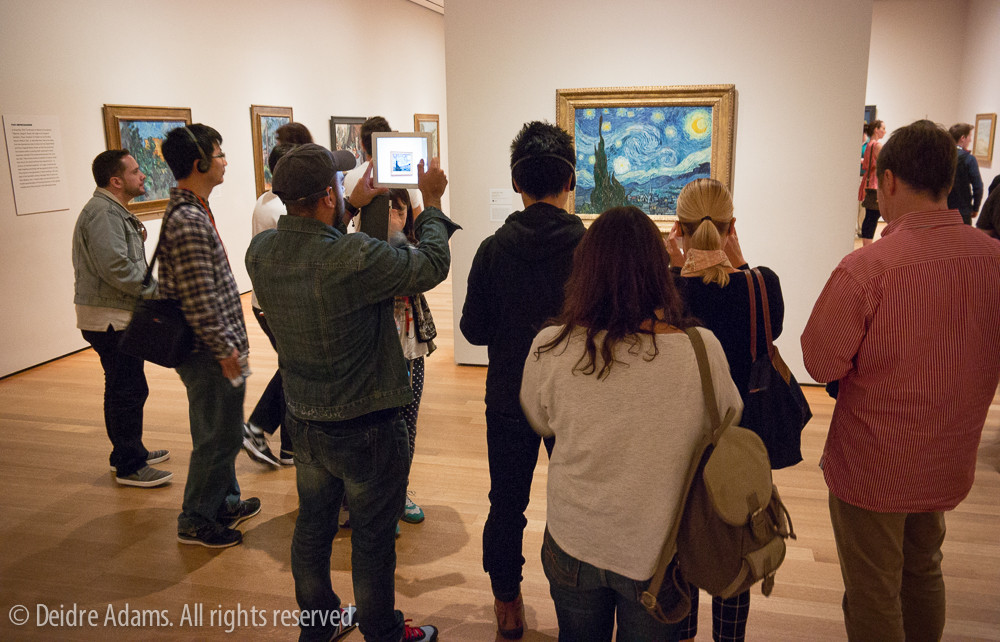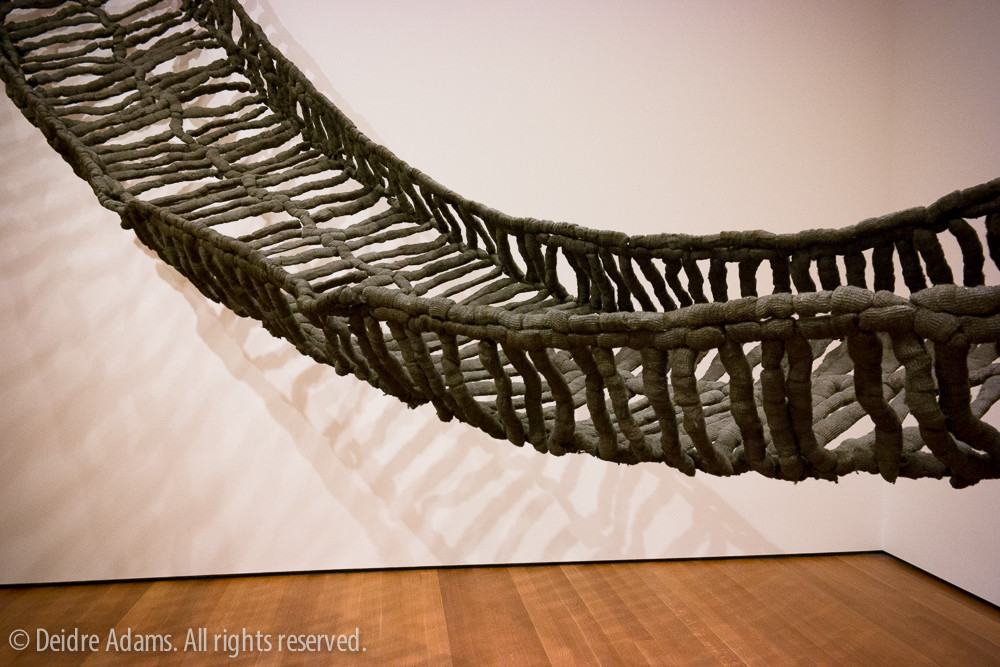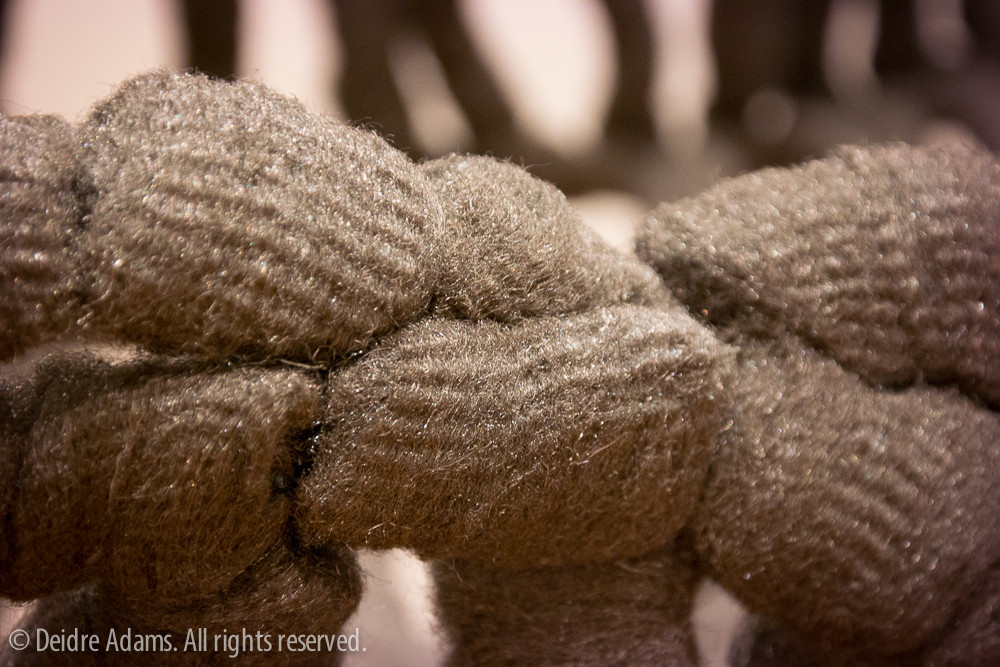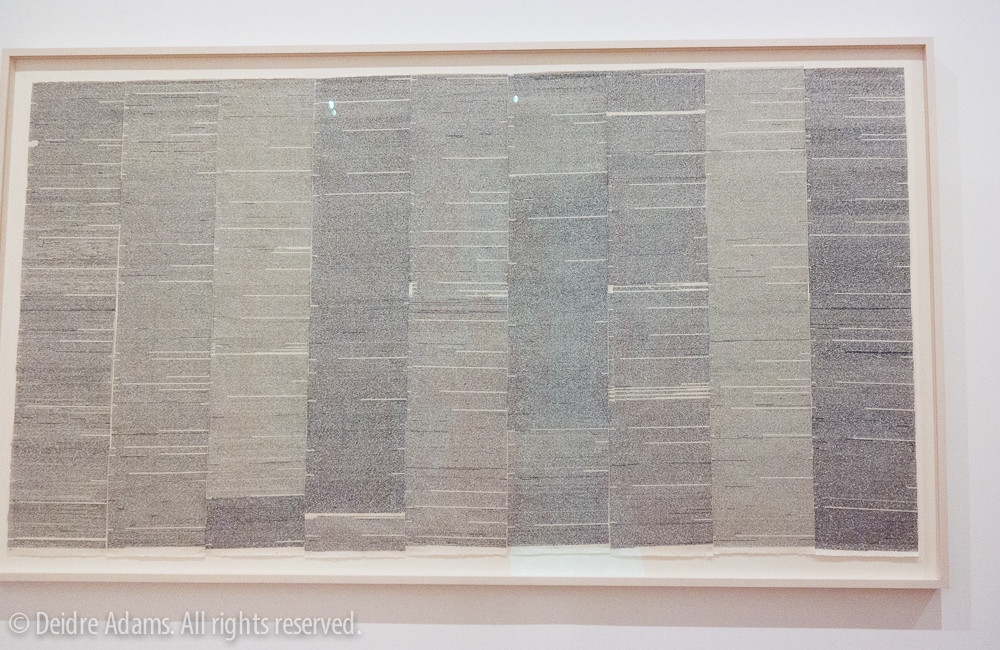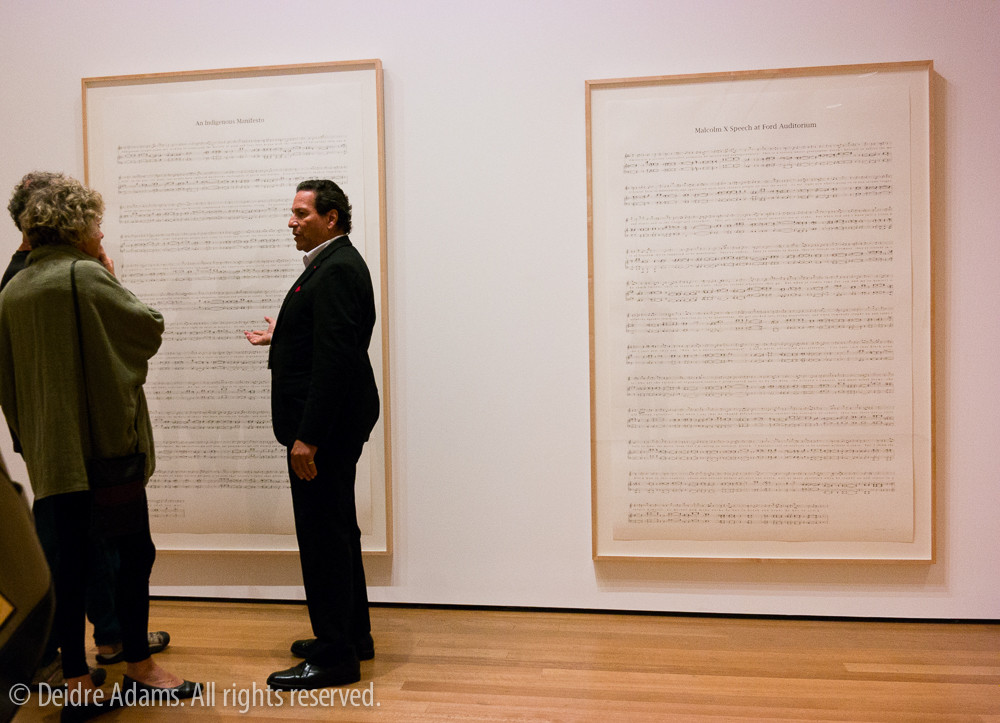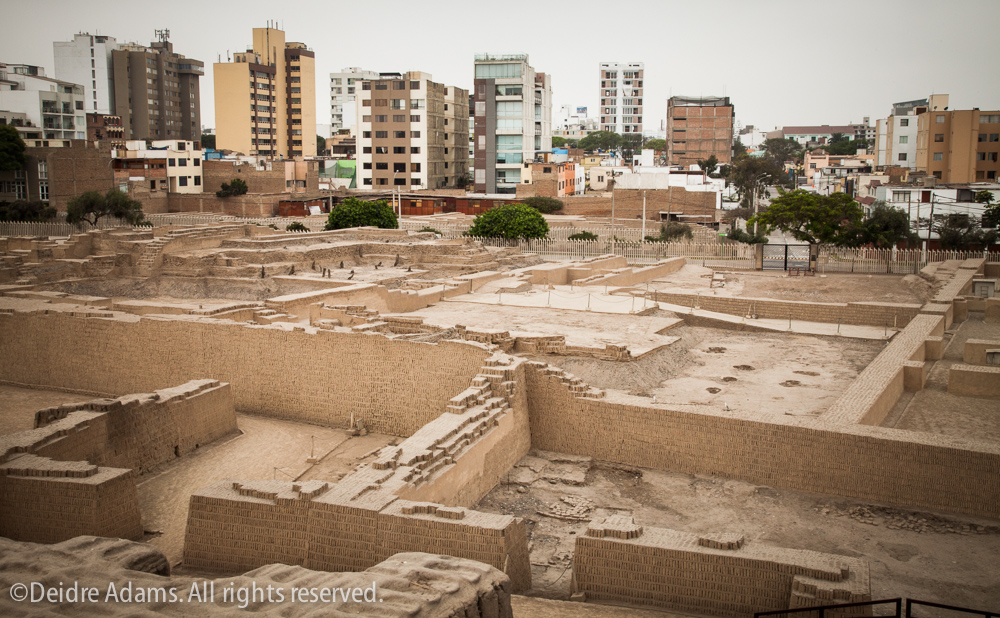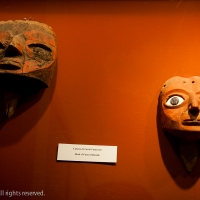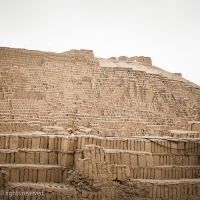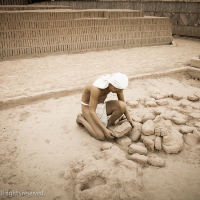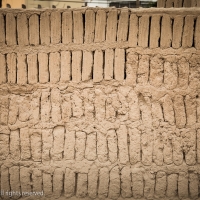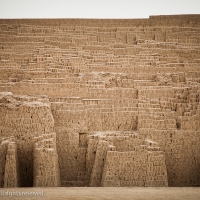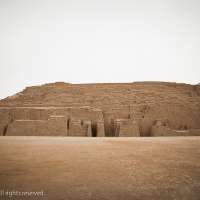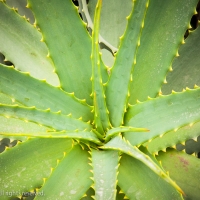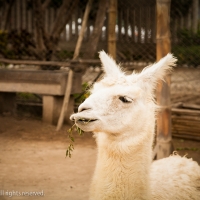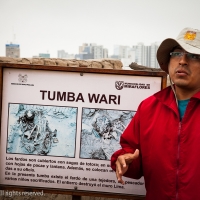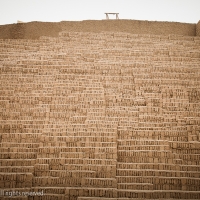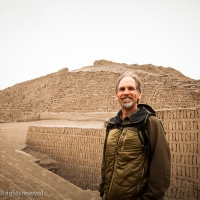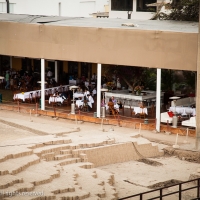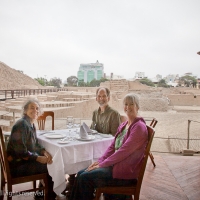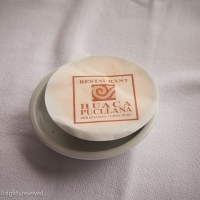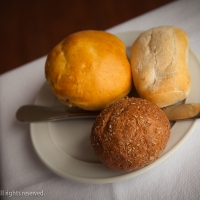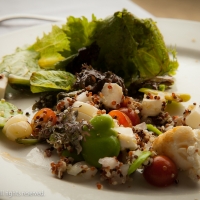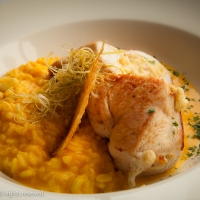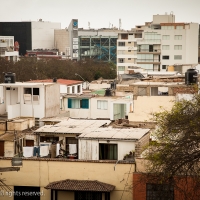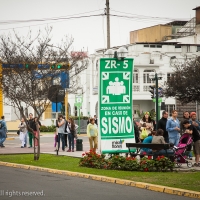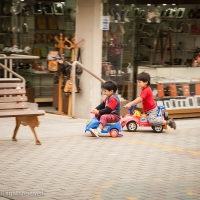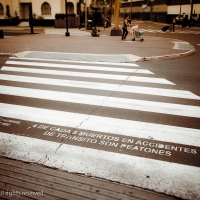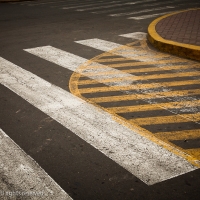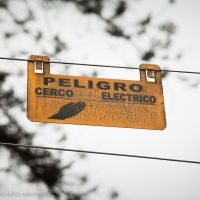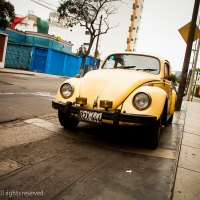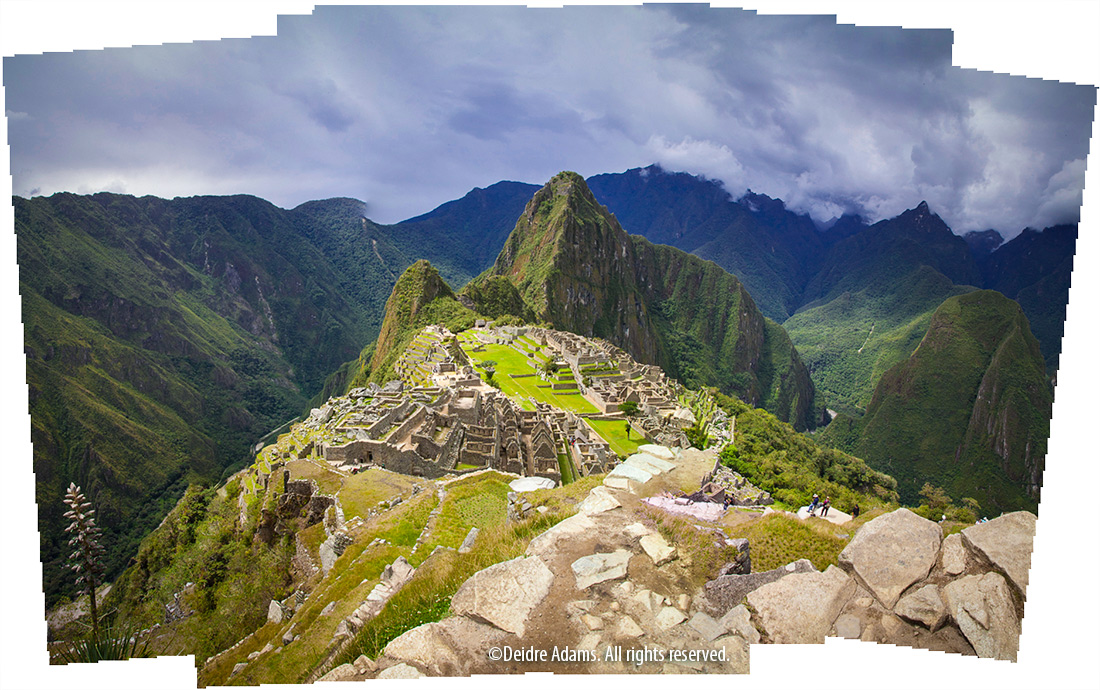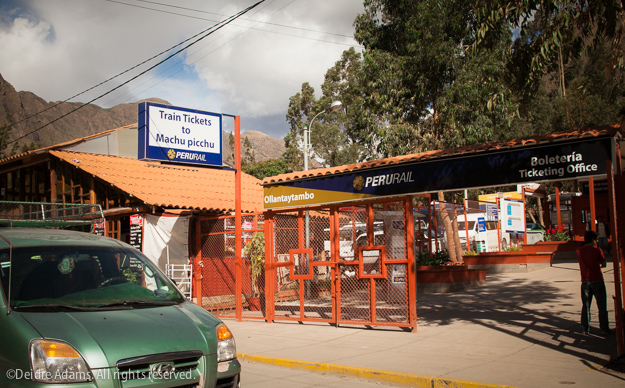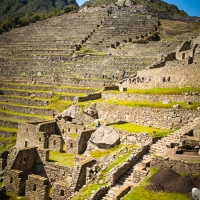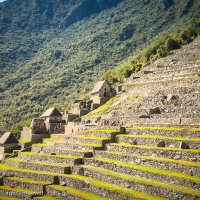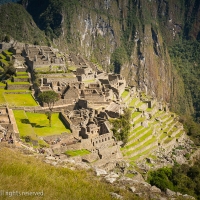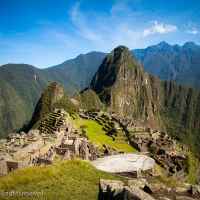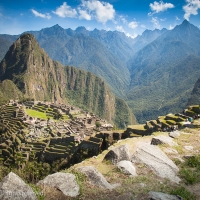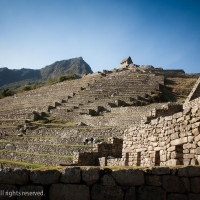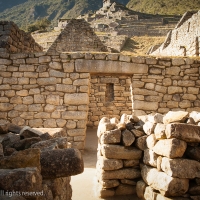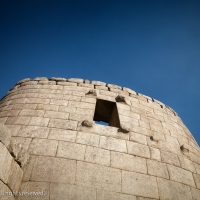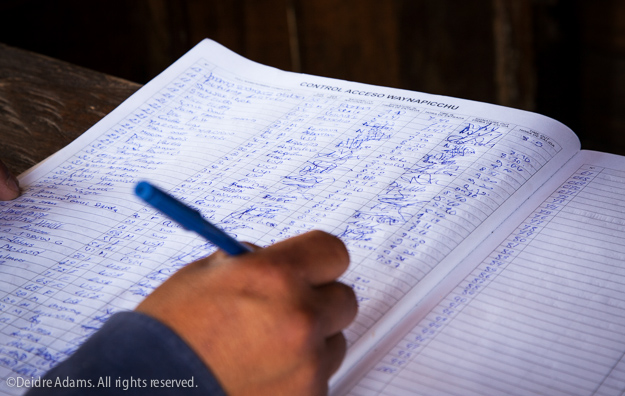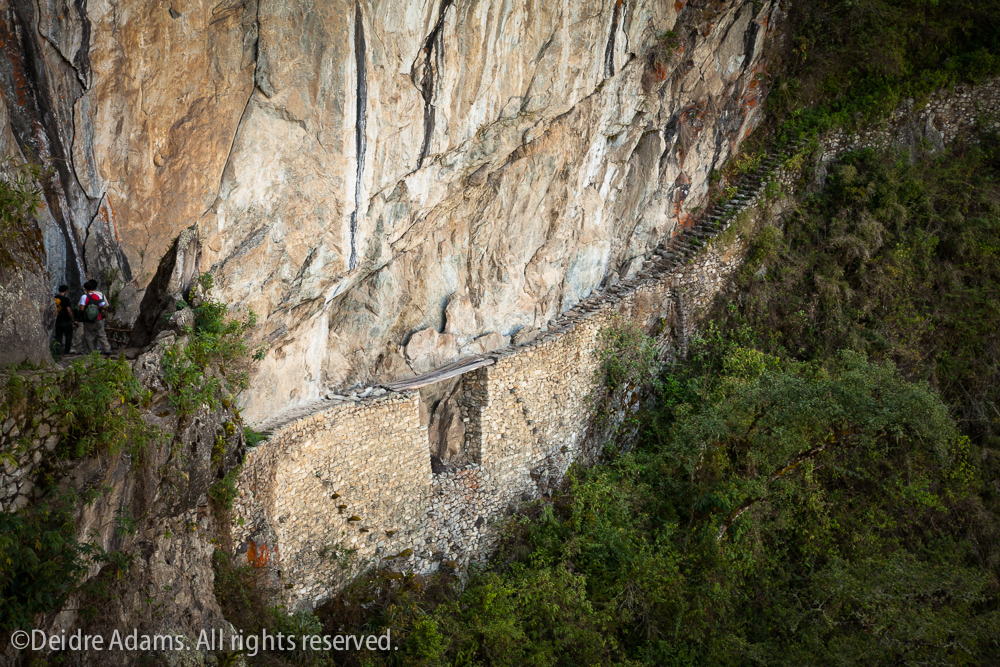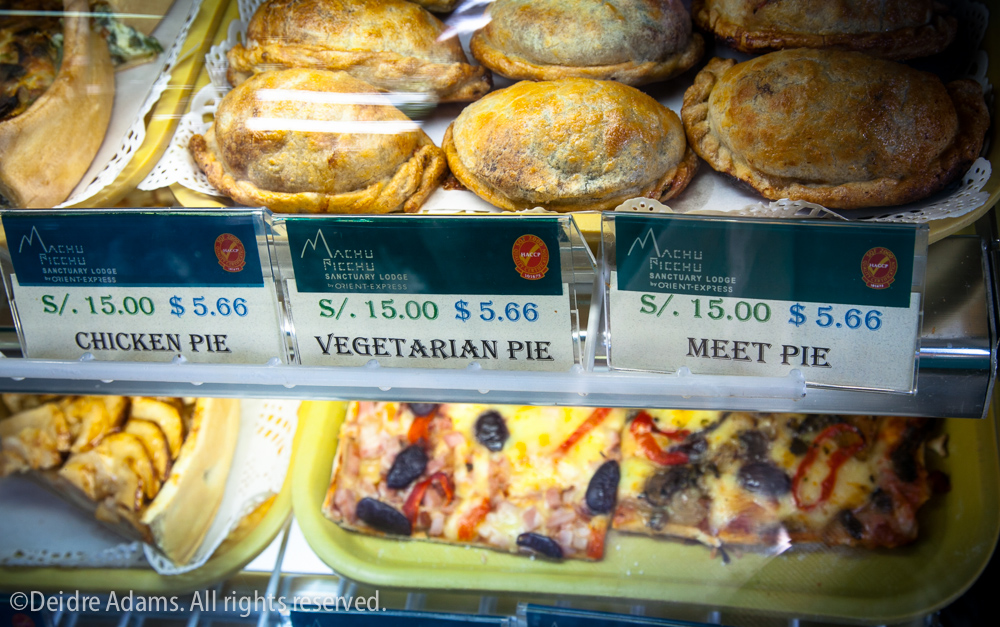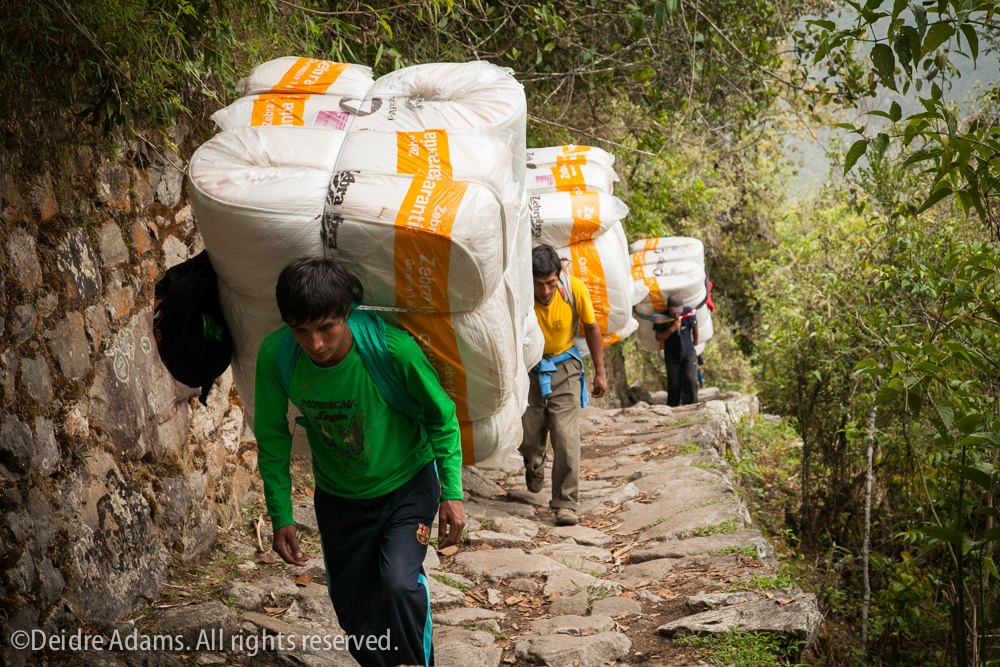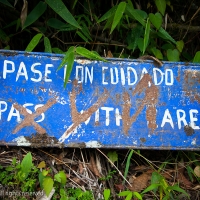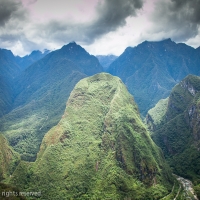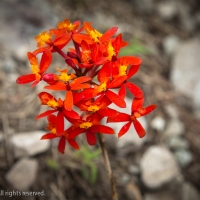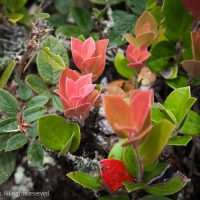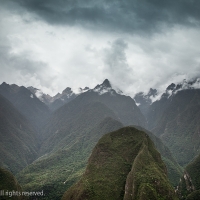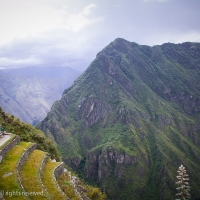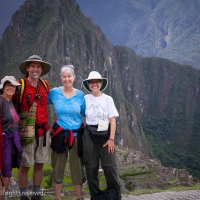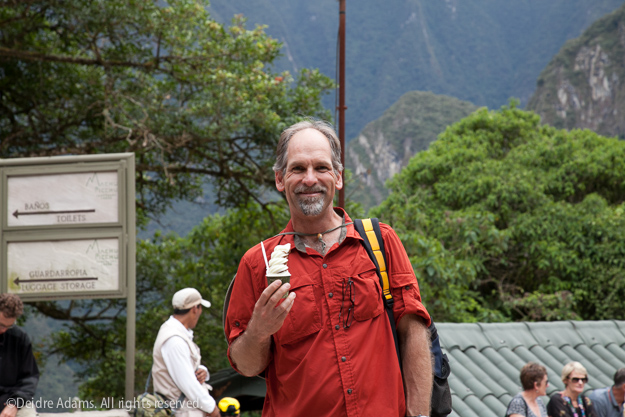Random stuff I saw in NYC – part I
Lately, when thinking about the idea of blogging, I’ve had a big mental block about doing it. It just seems like a lot of work when there are so many other fun and exciting things to be doing. I have seen a lot of things in the last few weeks that I want to share, though, so I’ve decided to make it easy on myself and just do this in a loose way without thinking so much about how to make it interesting. If people find this less than compelling, well, at least I’ll have my own record of it for posterity.
I have been in New York for most of September, thanks to the generosity of some wonderful friends. Among the many art-related things I did while here were the mandatory visit to MOMA, a wide-ranging survey of Chelsea galleries, the Jewish Museum, Pioneer Works Center for Art & Innovation (twice!), Museum of Arts & Design (MAD), the DUMBO arts festival (withing walking distance of where I’m staying), and visits with some artist friends in the area.
I’ll start with MOMA. I thought I’d blogged about this before when I was here the first time, but apparently not. The most exciting thing about this place the first time you get to come here is seeing so many things in their permanent collection that before you’d only had the pleasure of seeing in books. This includes Rauschenberg’s Bed, Van Gogh’s Starry Night, Dalí’s The Persistence of Memory (surprisingly tiny!), numerous Picassos, Cezannes, Warhols, Kandinskys, and so on and so on.
I’m only going to post a few specific objects I’d never seen nor heard of before that caught my attention.
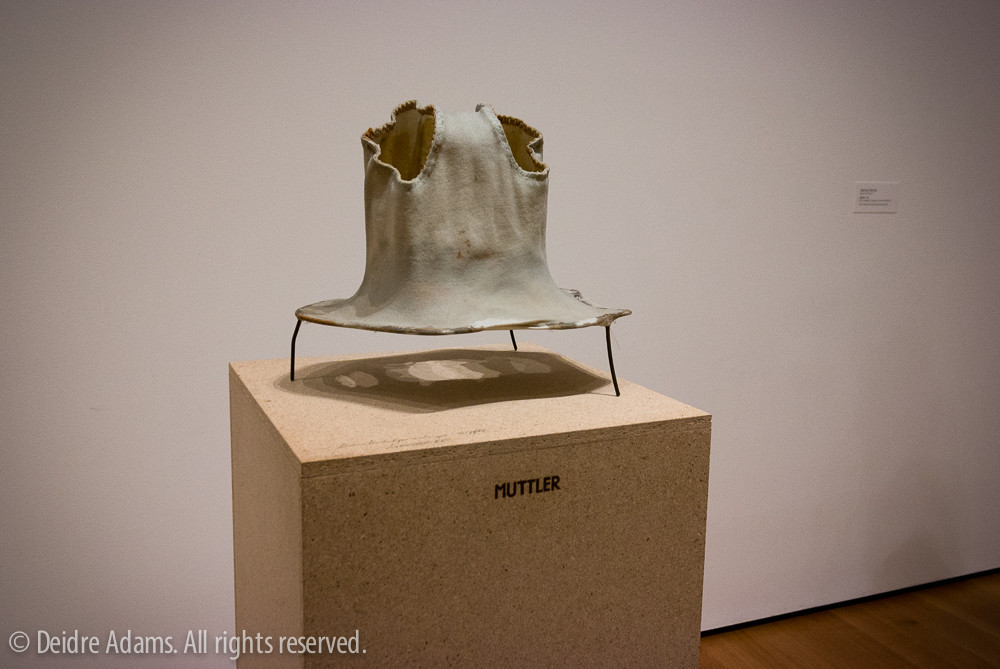
Georg Herold
German, born 1947
Muttler, 1985. Wire, underpants, and glue on base with lettering
(no further information on the wall label) — I found myself unable to contemplate this with the gravity it probably deserves because my mind was busy obsessing on what had happened to the waist band, or if there never was one to begin with, how would the thing stay on?
Sam Gilliam
American, born 1933
10/27/69. Synthetic polymer paint on canvas
“Gilliam is best known for works such as this one: unstretched abstractions that he draped from the ceiling, pinned to the wall, or slung over sawhorses. Ranging in size from a single sheet hung like a towel on a doorknob to giant, mural-sized canvases, Gilliam’s ‘drapes’ were reportedly inspired by the artist’s observation of laundry hanging outside his window. … The delicacy of the work’s improvisational image belies the momentous political context in which it was made: Gilliam was an African American artist living and working in Washington, D.C., in the wake of the Civil Rights Movement and not long after the assassination of Martin Luther King, Jr.”
 Another view for scale. I wonder how they store this when it’s not on display.
Another view for scale. I wonder how they store this when it’s not on display.
Pino Pascali
Italian, 1935-1968
Bridge, 1968. Steel wool and wire.
“An Italian critic coined the term ‘Arte Povera’ in 1967 to describe the work of Pascali and other Italian artists who worked with ‘poor,’ nonart materials. These artists renounced the separation between art and life and aimed to expand or dissolve the traditional parameters of painting and sculpture: ‘I do not believe you make shows in galleries,’ Pascali said, ‘you make the gallery, you create the space.’”
Simryn Gill
Singaporean, born 1959
Where to draw the line, 2011-12, typewriting on nine sheets of paper
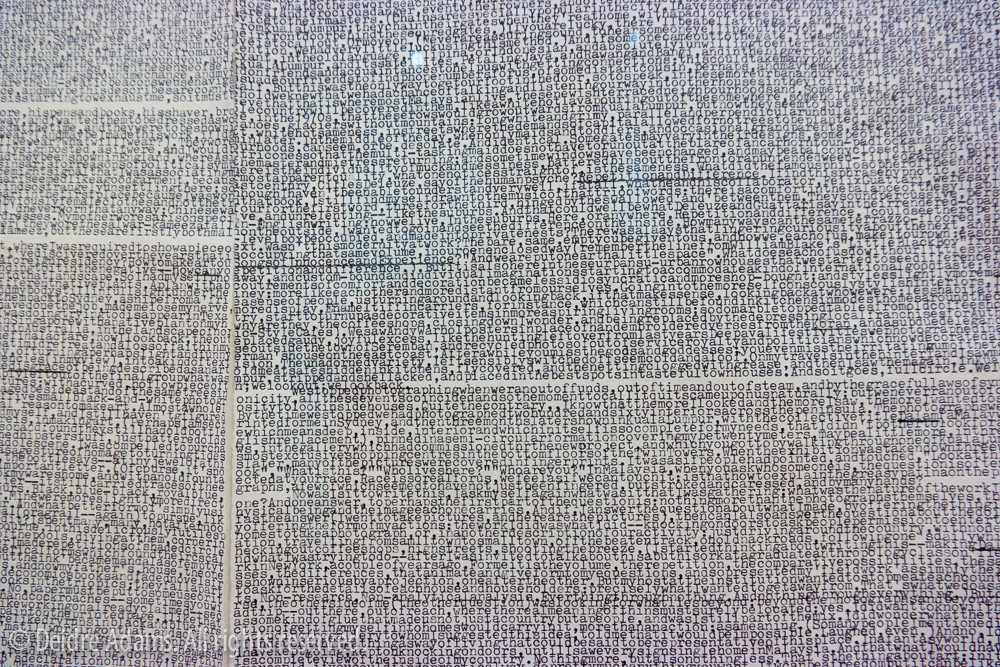
“Gill’s photographs and installations have often taken books and the printed word as source material. In 1992, she began a series of pieces that appropriate and transform books, often rendering them indecipherable. For Where to draw the line, Gill hired a typist to copy on a manual typewriter five essays she wrote (and revised with the assistance of an editor) over the preceding year, titled “Women,” “Work,” “Snake,” “House,” and “Copycat.” The typist was instructed to omit spaces, overtype any errors, and repeat words as necessary to fill nine long, scroll-like sheets.
“These highly personal texts are enormous, densely printed, and virtually illegible. In Gill’s words, the work poses the question of “how much . . . we really give away” by putting such stories into the public sphere. Gill’s text-based works allow her to experiment with the medium while maintaining a degree of privacy. They invite close looking, but remain inaccessible, and when seen from a distance they read as an abstract, variegated textile.”
I absolutely loved this piece. Sorry my photos aren’t great. The subtle variations in tone and texture that could be achieved by such a simple means is a great lesson for me. It looked like a beautiful weaving. Typing seemed to be a recurring theme I saw multiple times on my art scouting adventures. Another example or two will be forthcoming.
Charles Gaines
American, born 1944
Manifesto 2
Manifestos 2 consists of four large graphite drawings of musical scores—each a transcription, as it were, of an abridged version of a revolutionary speech or political manifesto, made by assigning a note to each letter and a rest for each space—and four video monitors that display Gaines’s variants of the original texts. The four texts are “An Indigenous Manifesto” (1999), by the Canadian activist and educator Taiaiake Alfred, addressing the history and future of indigenous peoples; Malcom X’s last public speech, from 1965, in which he advocated unity among oppressed communities; Raul Alcaraz and Daniel Carrillo’s “Indocumentalismo” (2010), which calls for rights for undocumented immigrants; and the “Declaration of the Rights of Woman and the Female Citizen,” written by Olympe de Gouges in 1791, which champions equality of the sexes.
In the videos, recordings of each piece of music accompany each gradually scrolling text; once all four have played on their own, they all play simultaneously, allowing the manifestos to act both individually and together. The resulting work considers the ways in which, in Gaines’s words, “the activist posture [of these texts] is complicated by the affect of music.”
Although this work is notable for the important nature of its content as well as for the obsessive nature of the process, which involves meticulous hand drawing of each individual note and other musical notation, would it be terrible of me to say that I thought the most interesting thing about this presentation was the handsome museum guard who made a point of explaining and discussing the work with all the visitors to his area?

